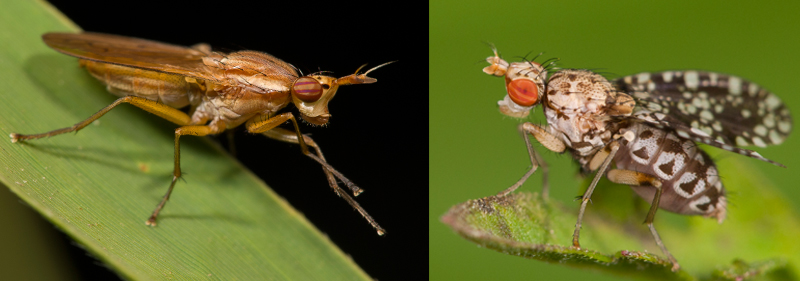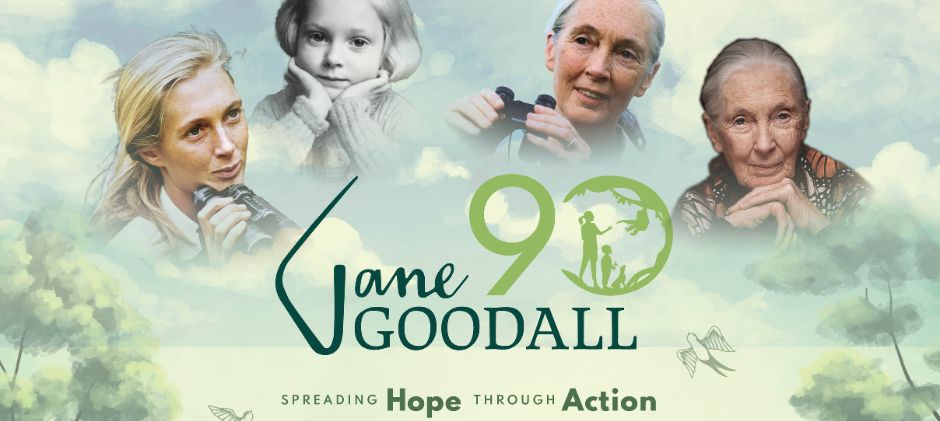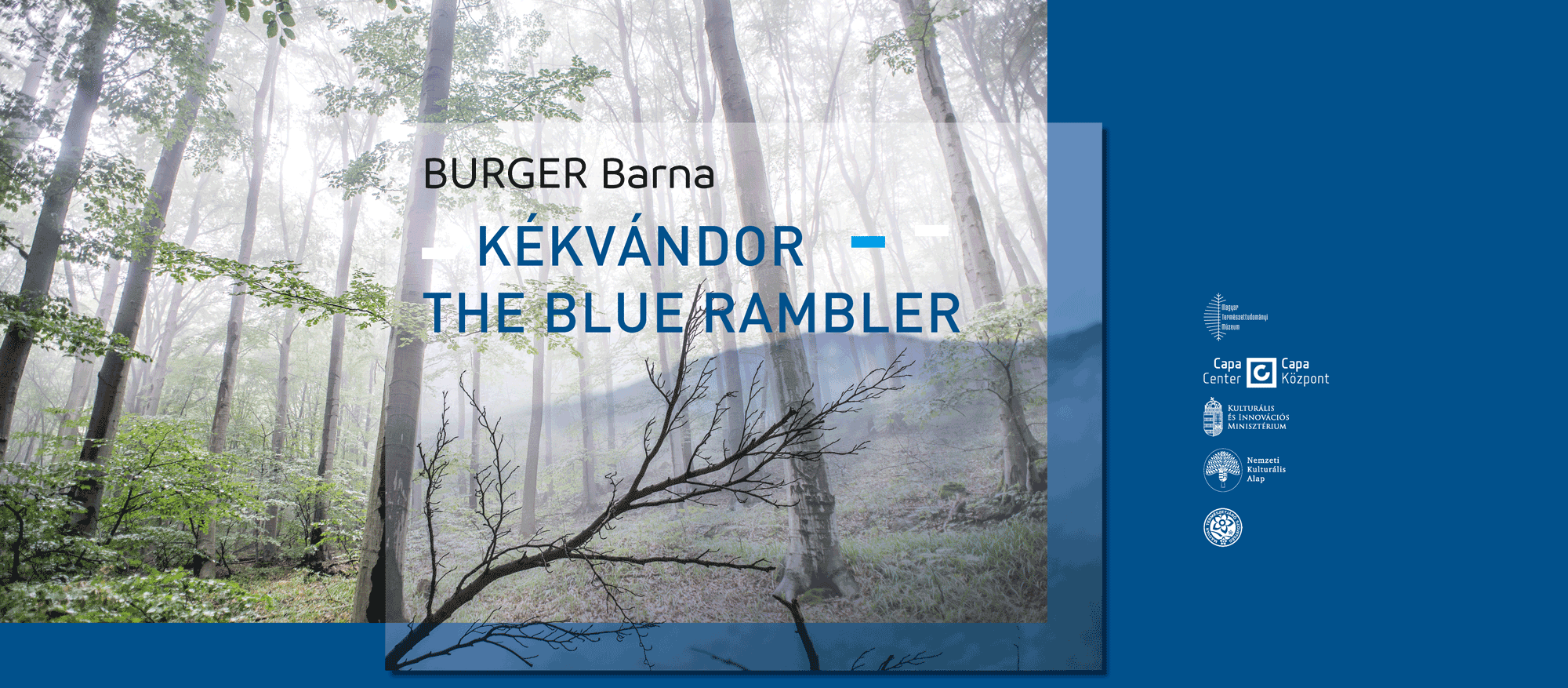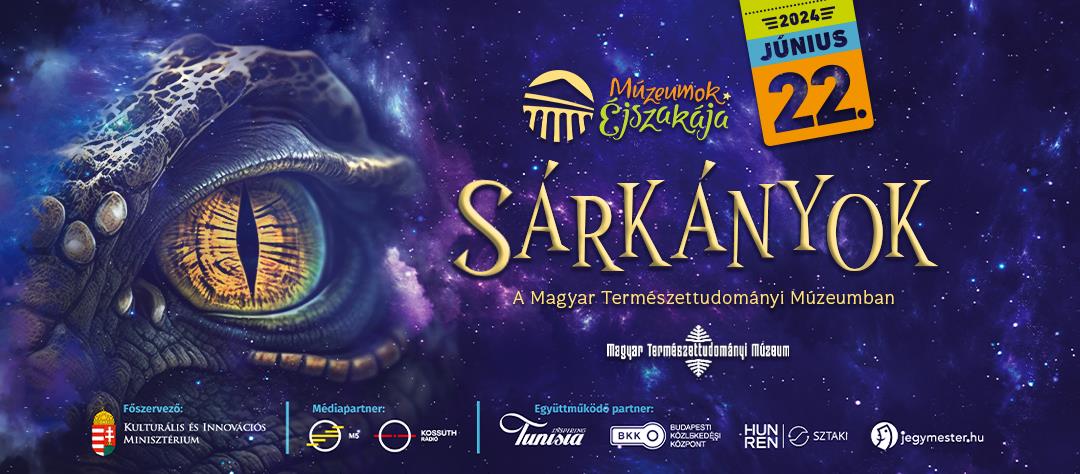
The Diptera collection –accounting for more than one million specimens, is the third largest collection in the Zoological Department of the Hungarian Natural History Museum. Two-thirds of the collection is from the Carpathian Basin, representing all the species from that region.
Due to the events in 1956, almost the whole collection was destroyed (75% of the cc. 300,000 specimens and cc. 2,000 types). The actual number of our currently preserved specimens is the result of László Papp’s and Ferenc Mihály’s work.
The Palaearctic Region is the most represented in the collection, however, the Oriental material is also remarkable. The collection is rich in Diptera from Mongolia and Afghanistan and some families from Africa. The tropics are significantly represented from some regions of Africa and South-Asia (Vietnam, Nepal, Malaysia, Laos, Indonesia, Taiwan).
Most of the collection is identified: 75% of the specimens up to level species, 25% at least up to level families. Only items from recent acquisitions are unsorted and kept in quarantine. More
Role of the Diptera collection in solving practical problems
The order Diptera accounting for150,000 described species (more than 6,000 have been proved to live in Hungary so far) is one of the most species-rich orders. Many of them that are known as “mosquitoes” and “flies” which cause disease, have also a significant role in practical problems on the field of human and animal health. In the Diptera collection, we not only established those units which are the bases of identifying the species of practical importance, but also take part in research and work on defensive strategies actively. More
Staff
Responsible museologist: Petra Szöllősi-Tóth
Preparators:
Collection size
Total number of preserved specimens: more than 1 million
Number of species: approximately 20,000
Number of types: 2,500
Library: around 500 scientific books and 35,000 printed scientific articles
Remarkable collections
Sphaeroceridae
One of the most valuable units of the Diptera Collection which represents around 700 species, types of 400 species and contains cc. 60 thousand preserved specimens.
Drosophilidae
10 thousand preserved specimens representing 300 species and types of 180 species.
Availability
We have no complete database of the whole collection. Genus-level databases of the families, species-level databases of the imagos and larvae that are kept in ethanol and databases of slide preparations are available at our location. The collection is open for visitors by appointment only. Collection materials are available for loan and scientific examination for external researchers. To discuss any of your requests please contact our museologist at the following address: [email protected]
Research loans
Loan policy statement (PDF)
Loan agreement (DOC)
On-site examination
Terms and Conditions (PDF)
Research permit form (DOC)



